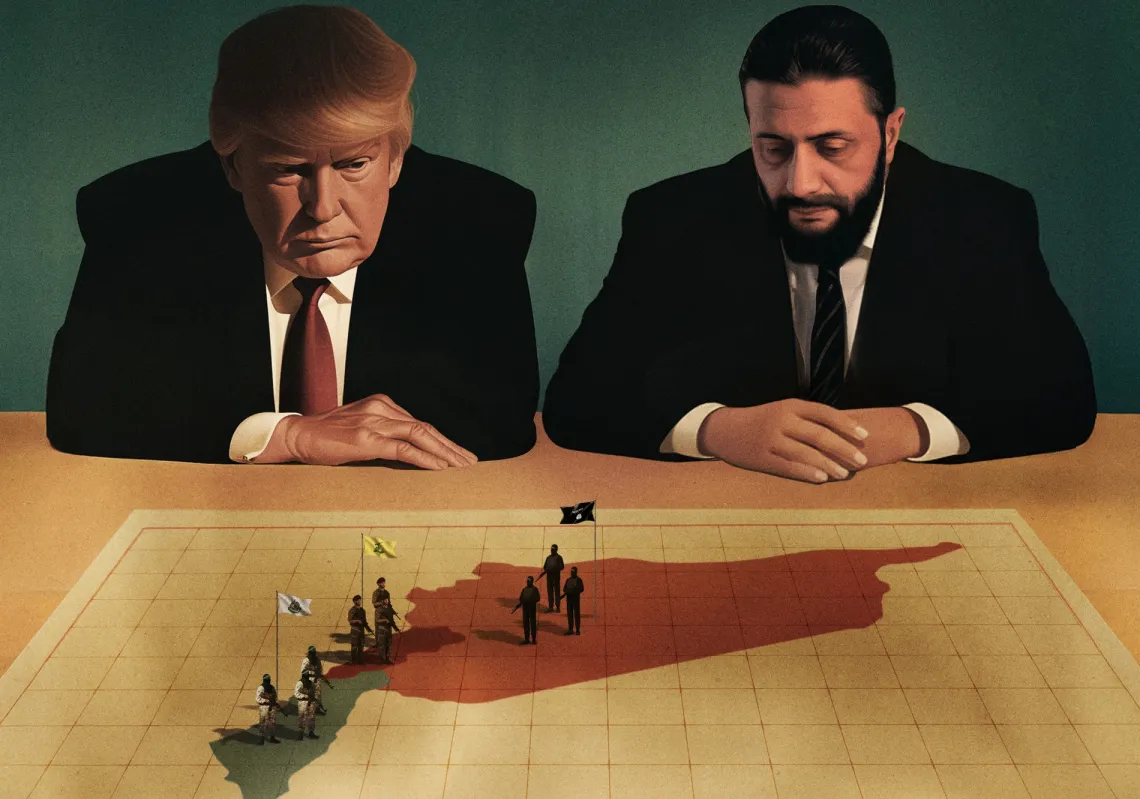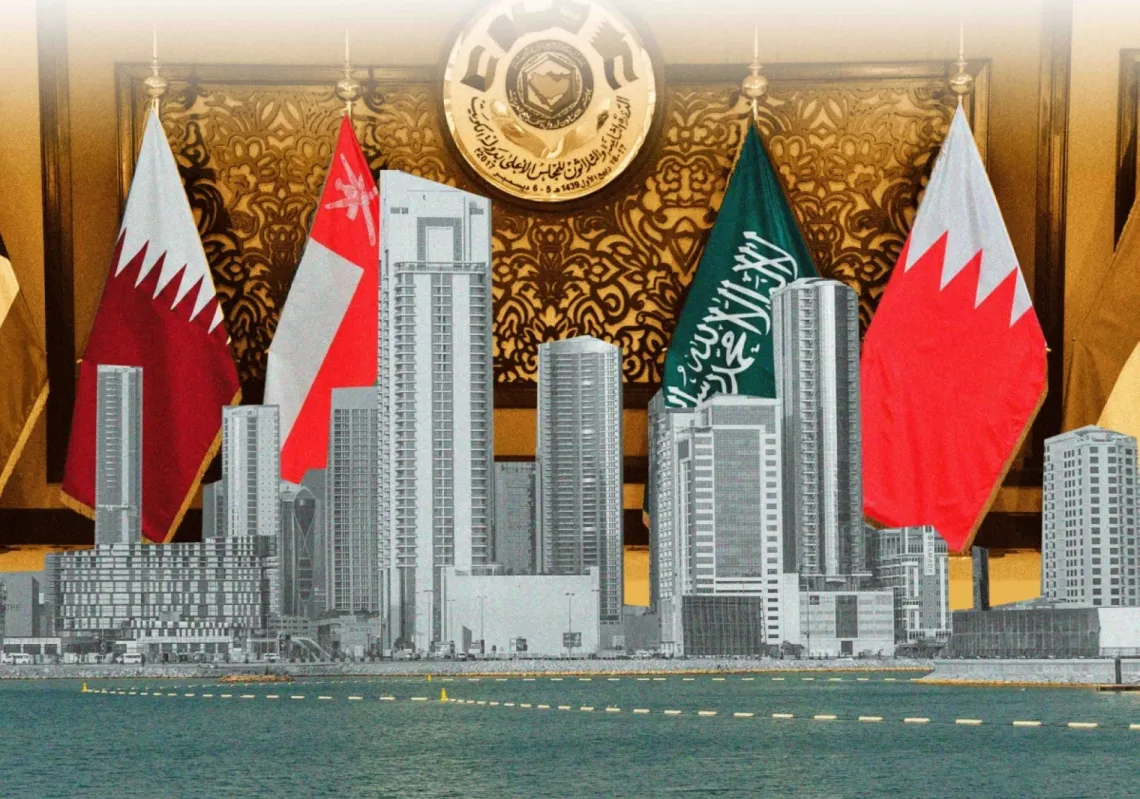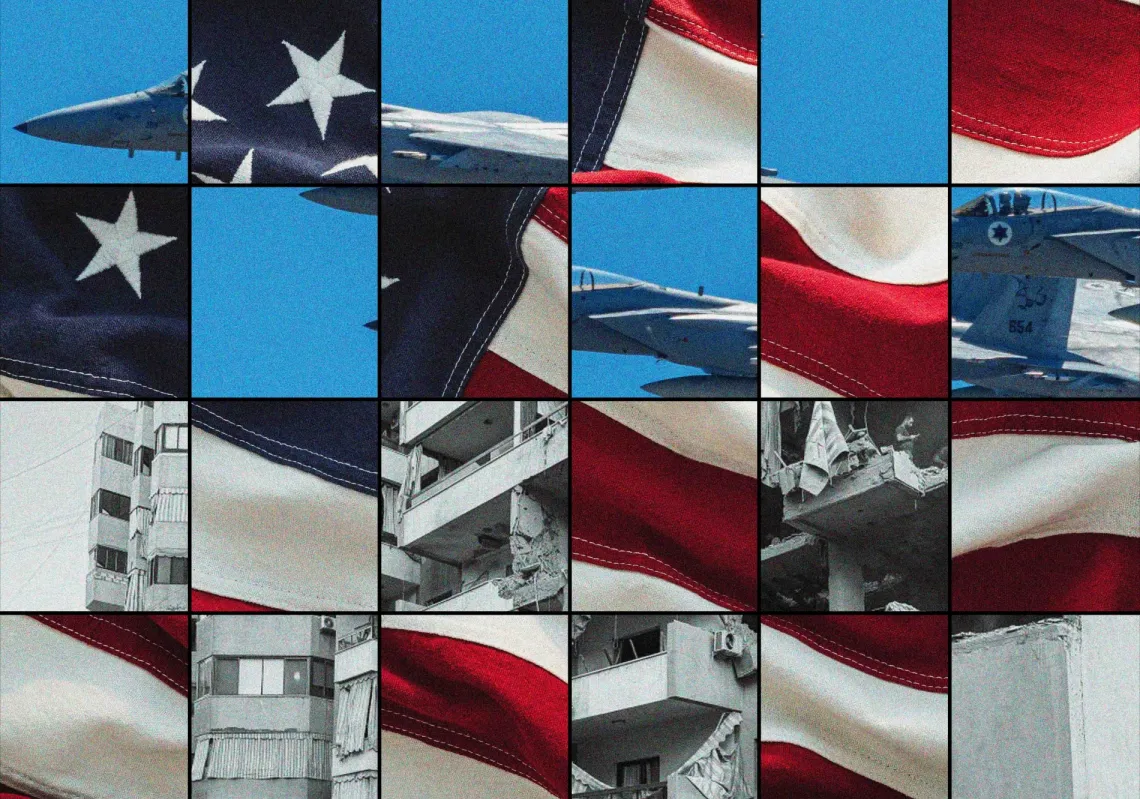During the night of 12-13 June, as part of an operation dubbed “Rising Lion”, Israel carried out hundreds of strikes within Iran, focusing on a number of targets, namely nuclear sites, air defences, missile bases and Iranian officials. While details are still sparse, this is likely to be one of the most complex operations carried out by Israel in the country’s history—and according to Israeli sources, it is not over.
At 3:00 AM Tehran time, the first wave of missiles penetrated Iranian airspace, seemingly without being intercepted. Pictures later published by the Israeli army show that it used F-35 stealth fighters, which may have been capable of carrying out the first wave of strikes. Another tactic used in the past relies on the air-launched ballistic missiles that are fired far from Iran and can travel longer distances—a technique Israel likely used last year in two retaliatory strikes.
The most recent strike package included over 200 aircraft deploying more than 330 precision munitions, according to Israeli statements. The operation unfolded across the vast expanse of Iranian territory, with Israeli forces penetrating deep into Iranian airspace to strike nuclear facilities, military installations, and command centres across multiple provinces.
The operation appears to have caused significant damage in Iran, including the destruction of Iran’s Natanz Fuel Enrichment Site, the killing of the heads of Iran’s military and Revolutionary Guards and six nuclear scientists, and possibly Ali Shamkhani—a key advisor to Supreme Leader Ayatollah Khamenei.
Israeli intelligence had identified and tracked the locations of Iran's top military commanders. In a series of precision strikes, Israel eliminated Major General Hossein Salami, Commander of the Islamic Revolutionary Guard Corps, and Major General Mohammad Bagheri, Chief of Staff of the Iranian Armed Forces. Six nuclear scientists, including prominent figures Fereydoun Abbasi-Davani and Mohammad Mehdi Tehranchi, were also killed in targeted strikes.

Air dominance
The coordinated strikes disabled most—if not all—of Iran’s air defences. There is little evidence of serious attempts by Iran’s air defences to take down Israeli planes, as opposed to a previous attack, during which images circulated of interceptors being fired. Israel appears to have gained complete operational control of the Iranian sky, which is not surprising given previous operations carried out last year that disabled some of Iran’s main air defence systems.
Though it involved mostly Israel’s air force, one of the most daring parts of the operation appears to have also been carried out by cells within Iran. According to multiple Israeli media outlets, Mossad commando teams deployed operational systems of precision-guided weaponry in open areas near the locations of Iranian surface-to-air missile systems. At the onset of the Israeli assault, these systems were activated, and the precision-guided missiles were launched to neutralise Iran’s remaining air defences.
Most notably, Israeli sources have even claimed that Mossad also established a base for explosive-laden drones that were smuggled deep into Iran long before the attack by Mossad agents. During the Israeli strike, the explosive drones were activated and launched toward surface-to-surface missile launchers located at the Asfajabad base near Tehran.
Not only did Israel use assets on the ground, but it also later published footage of the operations, showing Israeli commandos operating inside Iran. The release of this footage is unprecedented: Israel had, so far, tried to keep a low profile on its operations inside Iran, likely as a way to give Iran the opportunity to de-escalate. This time, Israel decided to publicise details of the operations, including footage of strikes against Iran’s air defences and ballistic missiles using smaller explosive-laden drones.
The use of such drones is reminiscent of Ukraine’s own operation “Spider Web” against Russia, just a few weeks ago, in which Kyiv used drones deployed from containers to target Russia’s strategic bombers. These attacks show how small drones are changing the face of warfare.

















